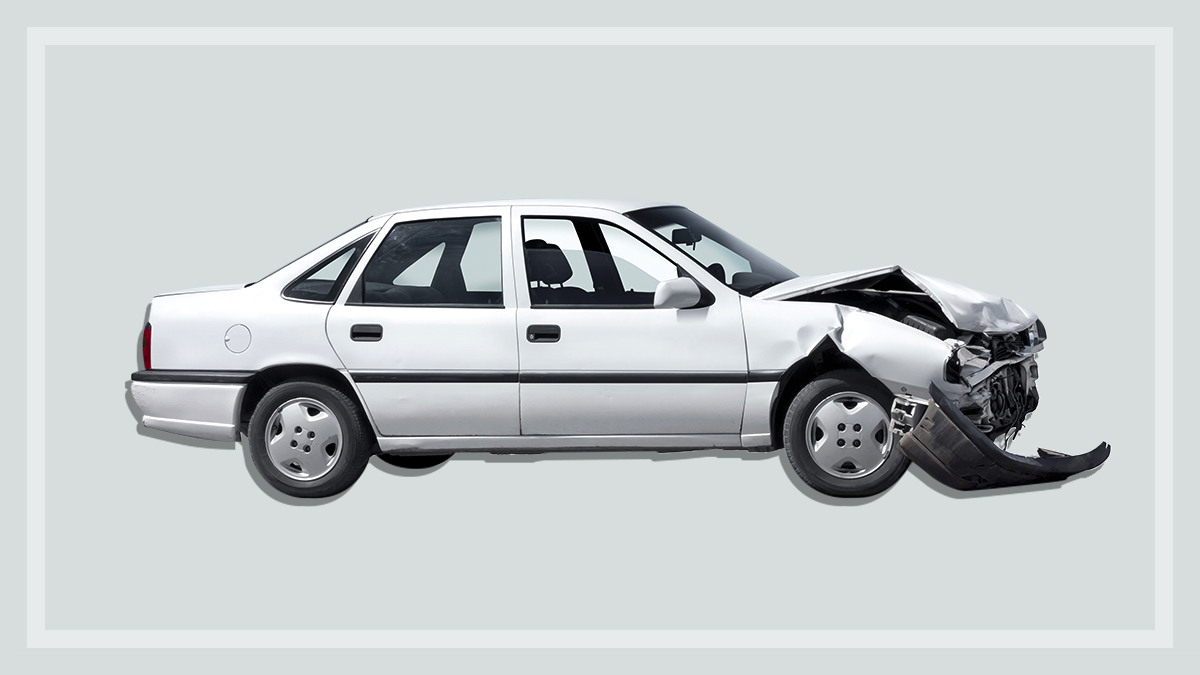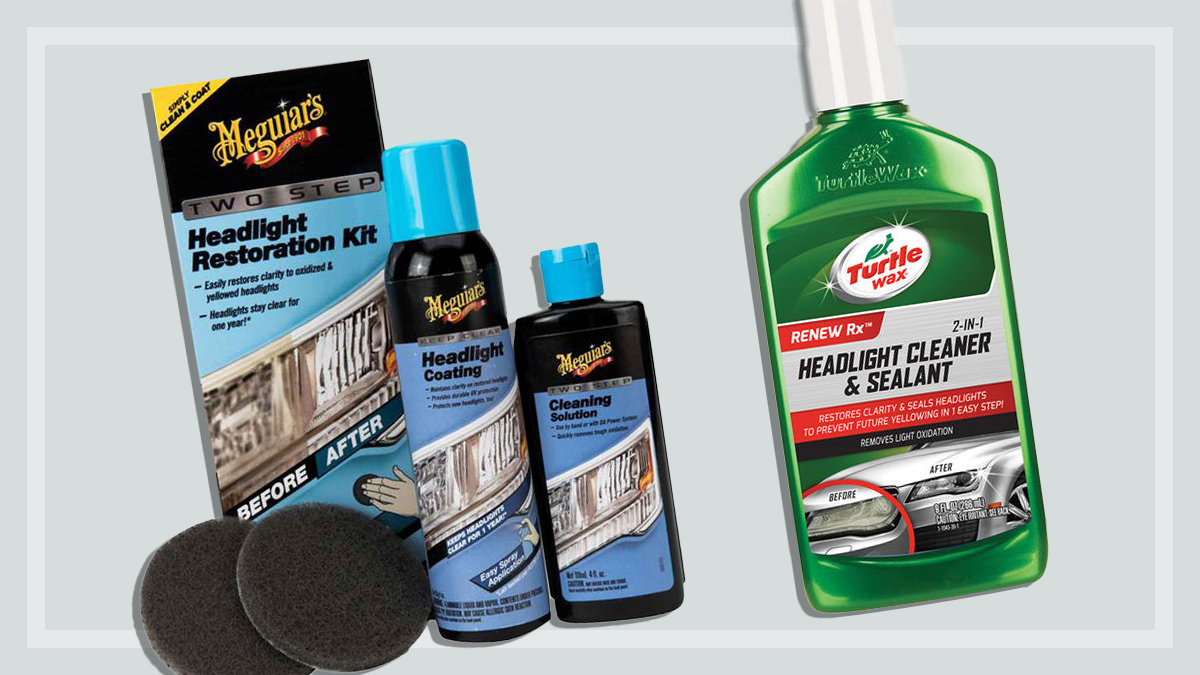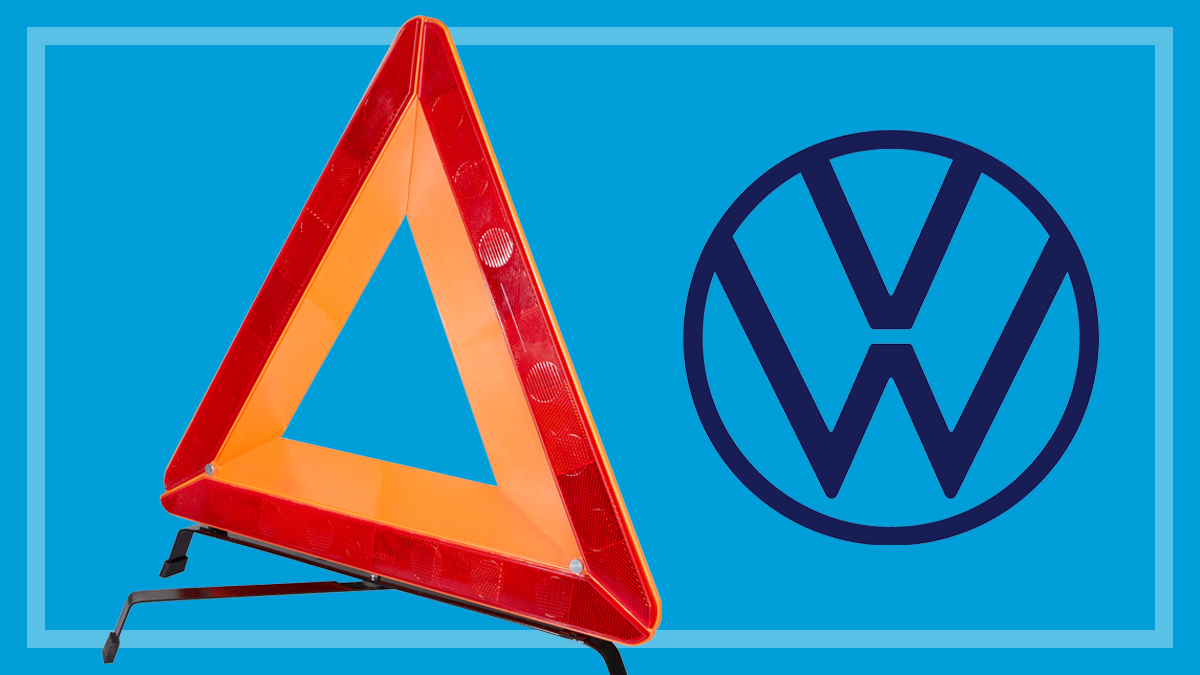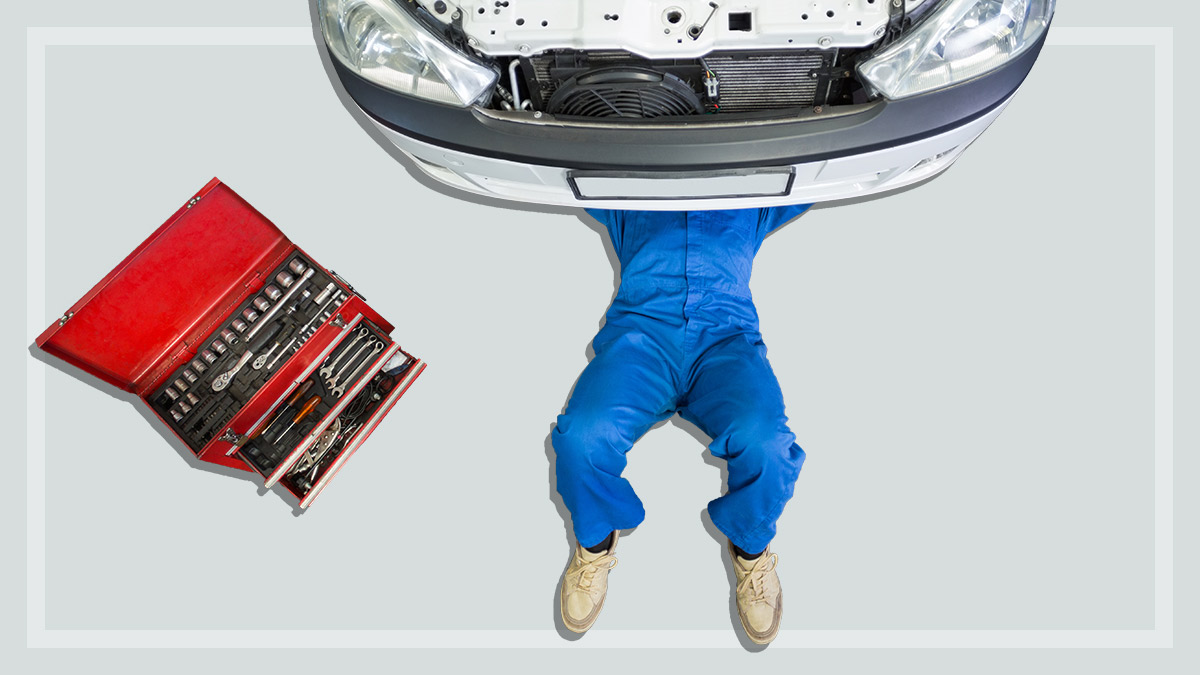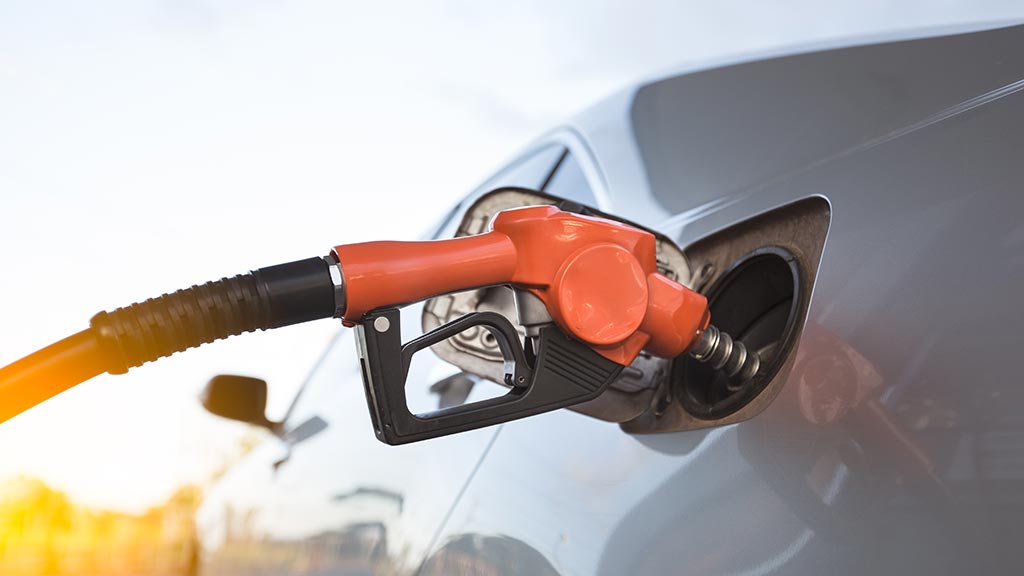Get our independent lab tests, expert reviews and honest advice.
5 things to do if you want to save on fuel
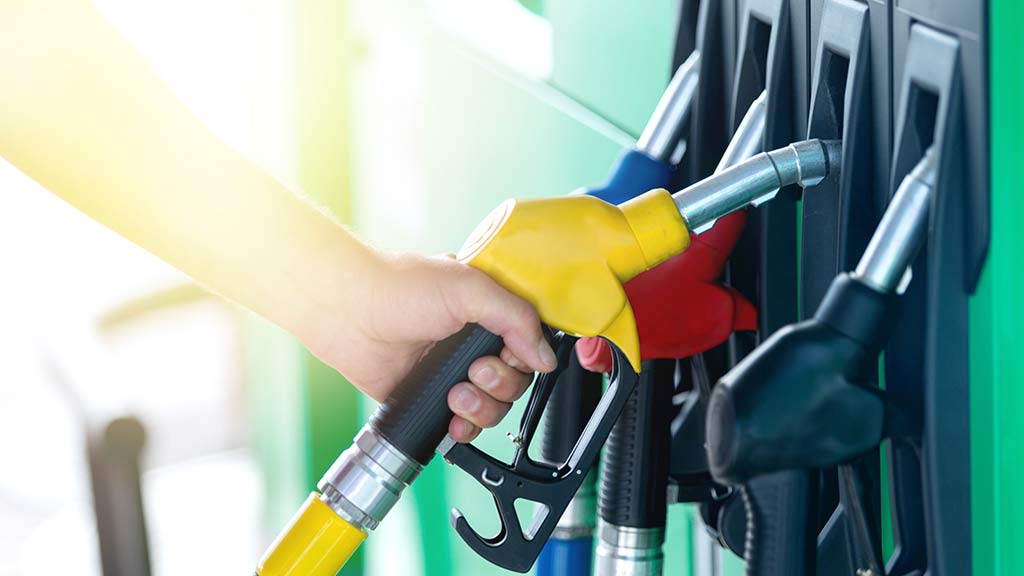
Need to know
- Fuel costs can change suddenly, but there are ways you can spend less when prices are high
- Making changes to how you drive and the way you use and care for your car can help you pay less at the pump
- It pays to shop around for good deals, pay attention to price cycles and even consider a more efficient vehicle
On this page:
- 1. Think about how you drive
- 2. Care for your car
- 3. Pay attention to prices via apps and websites
- 4. Get to know your city's petrol price cycle
- 5. Consider a more efficient vehicle
The cost of filling up our cars is driving a lot of financial stress. In our September Consumer Pulse survey of Australians, 76% of households said they were concerned about the cost of fuel.
A steep bowser bill can make for a painful start to a summer road trip and it can be disheartening to know the prices we pay are often well out of our control – dictated by global cartels, exchange rate fluctuations and opaque retail strategies, among other factors.
But there are ways you can make significant savings on fuel and get some peace of mind that you’re getting good value for money before you drive off for the holidays. Here are our key tips for paying less at the pump.
1. Think about how you drive
Are you guilty of being a little heavy-footed on the accelerator? Easing back on the pedal is just one of a range of practices you can adopt to save on fuel.
“Changing your driving style is one of the most effective ways to improve your car’s fuel economy,” says Alex Forrest, vehicles and fuels manager at Western Australia’s Royal Automobile Club.
“Think of the accelerator as a tap – the more you press it down, the more fuel you’ll send to the engine to be burnt,” he adds.
“Relax a bit as you drive,” advises Dr Ian Jeffreys, principal economic and affordability specialist at the Royal Automobile Club of Queensland (RACQ).
“Smooth out the drive [and] drive steadily, avoiding any harsh acceleration or hard braking.”
Modern cars don’t need to be ‘warmed up’, it just wastes fuel
James Williams, RACV
It also pays to avoid driving at times when traffic is congested. The NRMA says a car idling in traffic typically uses 1–2 litres of fuel per hour, depending on its size and engine type.
It therefore follows that once you’ve reached your destination, it’s a good idea to shut the engine off, even if you’re only stopping for a short time.
“Modern cars don’t need to be ‘warmed up’, it just wastes fuel,” says James Williams, head of policy at the Royal Automobile Club of Victoria (RACV).
“By having the engine switched off, even for a short period, you will save more fuel than is lost in restarting the engine and the increased wear and tear from this is negligible.”

There’s also a careful (but beneficial) balance you can strike between running the air conditioning and rolling down windows that could leave more in your wallet.
Running a car’s air con causes it to work harder and use more fuel, so if you want to cool off, it’s usually better to crack a window instead.
But this does depend on how fast you’re going. When a car is travelling at 80km/h or more, the aerodynamic drag caused by an open window will cause more stress on the engine, meaning less juice in the tank.
Do manual cars use less fuel?
When we asked CHOICE members for tips to save on fuel, some recommended driving a manual, suggesting automatic cars were less economical.
“This is true of older vehicles, such as those from the 1980s, ’90s and early 2000s, which had less advanced automatic transmissions that sapped more of the engine’s power,” says Alex Forrest.
“The availability [now] of more modern auto transmission designs, such as dual clutch and continuously variable transmissions, have helped automatic vehicles become much more efficient.”
Ian Jeffreys agrees manual cars don’t automatically take the title of the most economical vehicles, but argues it can be easier to drive more efficiently with your hand on the gear stick.
“In a manual car, it’s very clear which gear you’re in and you are in control,” he says. “You want to be getting into as high a gear as possible [to save fuel].”
2. Care for your car
On top of general maintenance, there are several specific tips that can pay dividends at the bowser.
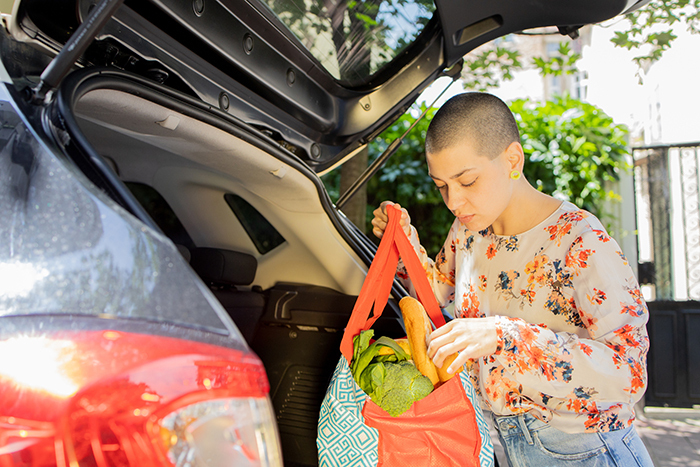
One is to unload unnecessary items from your car. The NRMA found loading a vehicle to its maximum-rated weight will lead to it using 24% more fuel.
“If you’re a golfer or scuba diver, get your gear out of the boot, put it in the garage,” advises Peter Khoury, a spokesperson for the NSW-based motorist group.
The NRMA also found keeping your car’s tyres inflated at the right pressure will reduce rolling resistance and fuel consumption by around 2%.
You can usually find the recommended pressure for your tyres written on the driver’s door jamb or in your owner’s manual.
Ian Jeffreys says removing any car add-ons when you don’t need them will also reduce resistance.
“If you don’t need the roof racks, take them off,” he advises. “[These sorts] of things will increase drag and increase your fuel use.”
5 ways to save on fuel
Drive differently, pay attention to your car, keep an eye on prices and consider other vehicles
1. Think about how you drive
Avoid sharp accelerating or braking and driving in heavy traffic. Don’t leave your engine running when not driving.
2. Care for your car
Take out unnecessary heavy items and keep tyres properly inflated. Remove roof racks when you don’t need them.
3. Pay attention to prices
Use an app or website to compare prices and find the cheapest service station near you.
4. Get to know your price cycle
If your city has a petrol price cycle, keep track of local rates and fill up when prices are at their lowest.
5. Consider a more efficient vehicle
Think about switching to a car with better fuel economy or even an electric vehicle.
3. Pay attention to prices via apps and websites
Browsing your local bowsers before you fill up is a great way to recoup savings, as prices can vary hugely even between outlets in the same area.
“There’s nothing worse than getting in the car, driving to your local servo, filling up and then going around the corner and sometimes the price differences can be as much as 30 or 40 cents a litre,” says Peter Khoury.
In writing this article, CHOICE found a difference of around 22 cents per litre in the cost of unleaded 91 petrol on the same day between two retailers only three minute’s drive apart.
Luckily you too can compare prices and find the cheapest deal in your area by joining the 34% of consumers using smartphone apps to compare fuel costs, according to a 2022 survey by a petrol and convenience store industry group.
CHOICE tip: prices at independent service stations tend to be cheaper than those at major chains.
What fuel comparison tools are available?
There are over 40 free fuel price apps and websites operating in Australia, with different platforms servicing different parts of the country.
So, wherever you are, there should be an app or website that will let you compare the going rates for different fuel types near you.
In most states and territories, these comparison services draw their prices from a government database that retailers are required to report to. We’ve previously found these services to be the most accurate.
Some states and territories with databases also have their own government-run apps or websites. Others have a list of third-party apps or websites that receive data from their respective fuel reporting schemes.
Other services use information that is community-sourced, meaning you’re relying on other motorists to update prices. These have traditionally dominated in Victoria because it doesn’t have a government-run fuel price database that apps and websites can draw from.
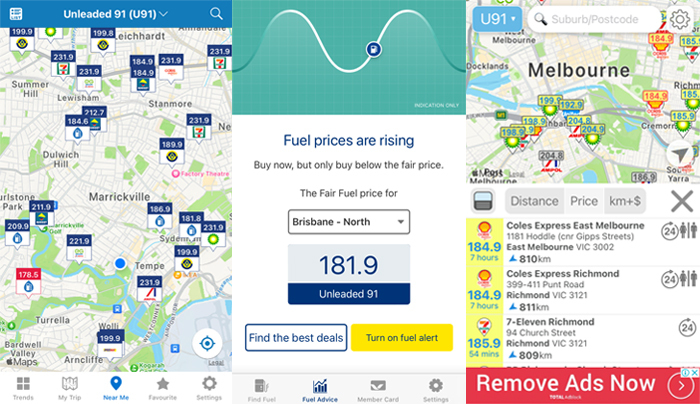
How to compare fuel prices in each state and territory
NSW: Has a government-run database and app and website. Third-party services are also available.
ACT: Most service stations are included on NSW’s FuelCheck app and website, but third-party services are also available.
TAS: Has a government-run database and app and website. Third-party services are also available.
WA: Has a government-run database and website. Third-party services are also available.
NT: Has a government-run database and website. Third-party services are also available.
QLD: Has a government-run database and a list of third-party apps and websites that receive and display this data.
SA: Has a government-run database and a list of third-party apps and websites that receive and display this data.
VIC: No government-run database, but third-party services are available.
For an overview of all the different services available in most states and territories and information on which are the most reliable and easy to use, see our full review of fuel price apps.
4. Get to know your city’s petrol price cycle
If your car uses petrol, you should know that prices go up and down in a relatively predictable pattern in Australia’s largest cities: Sydney, Melbourne, Brisbane, Adelaide and Perth. Similar sequences have also been observed in some neighbouring regional areas.
This is the ‘petrol price cycle’ (diesel prices don’t move in this way) and it can make a big difference to how much you pay at the pump.
“It can either help you save money on fuel or leave you absolutely exposed if you fill up at the wrong point of the cycle,” explains Peter Khoury.
Some fuel price apps can also be configured to alert you when it’s a good time to buy in your area
If you live in a city with a petrol price cycle, you can save by filling up towards the end of the cheap (or lower) part of the cycle. Ian Jeffreys says this is the time to be comparing local prices.
“It’s in the cheap phase, moving into the price hike phase, where the best deals can be found,” he says. “You really want to be watching the cycle in your city and making sure that when you’re moving into the price hike phase, you’ve got a full tank of fuel.”
If you’re in one of the five largest capitals, you can see what part of the cycle your city is in by checking the ACCC’s petrol price cycle page. The consumer regulator updates this resource three times a week, telling you where your city’s cycle is up to and providing buying advice.
Some fuel price apps can also be configured to alert you when it’s a good time to buy in your area.
Why do we have petrol price cycles?
These fluctuations in petrol prices don’t mirror changes in wholesale costs, but are driven by retailer strategies in bigger cities.
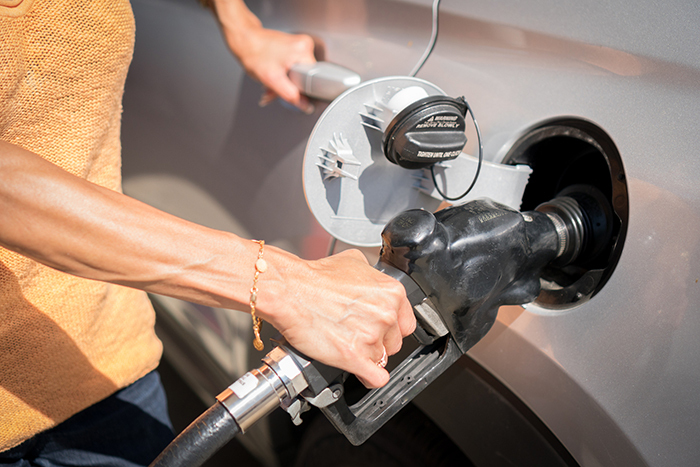
Retailers seem to adopt these practices in districts where they’re competing against lots of other service stations and want to get a competitive edge.
In these areas, the price you pay at the bowser at the bottom of the cycle tends to be close to the wholesale price and, according to a 2018 ACCC study, can even be below the average costs borne by the retailers to supply the petrol.
This means the price cycle can deliver good deals to consumers buying at the right time, especially compared to regional areas, where petrol prices are usually higher and more heavily influenced by international factors.
But it also means retailers’ margins get squeezed, so they’ll start to raise the price after a period of time.
This increase happens more slowly in the areas with the most retailers, where businesses are cautious about raising prices too quickly and being undercut by the rest of the market.
Prices will rise to a certain point, until some retailers start cutting them again to gain an edge on the competition and attract more customers.
Desire to compete leads other retailers to follow suit, until the bowser prices fall back closer to the wholesale rate (back to the beginning of the cycle), where they will stay until retailers start looking for higher margins again.
While petrol price cycles in Perth and Adelaide are shorter (one and two weeks, respectively), it usually takes around five weeks for prices in Sydney, Melbourne and Brisbane to go from their low point to a high and back again.
5. Consider a more efficient vehicle
Switching to a vehicle with better fuel economy is an obvious way to spend less on refills, but going all the way to an electric or hybrid car can cut down on these costs substantially, if not completely.
The RACV recommends this not just as a solution to the fuel-induced hit to your hip pocket, but also other ongoing outlays, as EVs typically have lower maintenance costs than petrol or diesel vehicles.
If you’re interested in going electric, our EV quick start guide is the place to begin.
It’ll tell you how much you could save in the long term by switching to an EV and how the driving range of these vehicles compares to that of your petrol or diesel car. It also provides information on how to recharge them.
Want to know which models are the most efficient, cheapest to run, quickest to charge or have the longest range? Check out our electric vehicle reviews.
For an extra win, once you’ve got your EV, you can employ the same tips for saving fuel from the beginning of this article, such as careful driving and removing unnecessary items from your car, to conserve your new vehicle’s battery.
“While they’re designed for petrol and diesel cars, [these tips are] just as valid when you’re driving an electric car,” says Ian Jeffreys. “You can apply the same tips and it will make the range on your EV that much further.”

